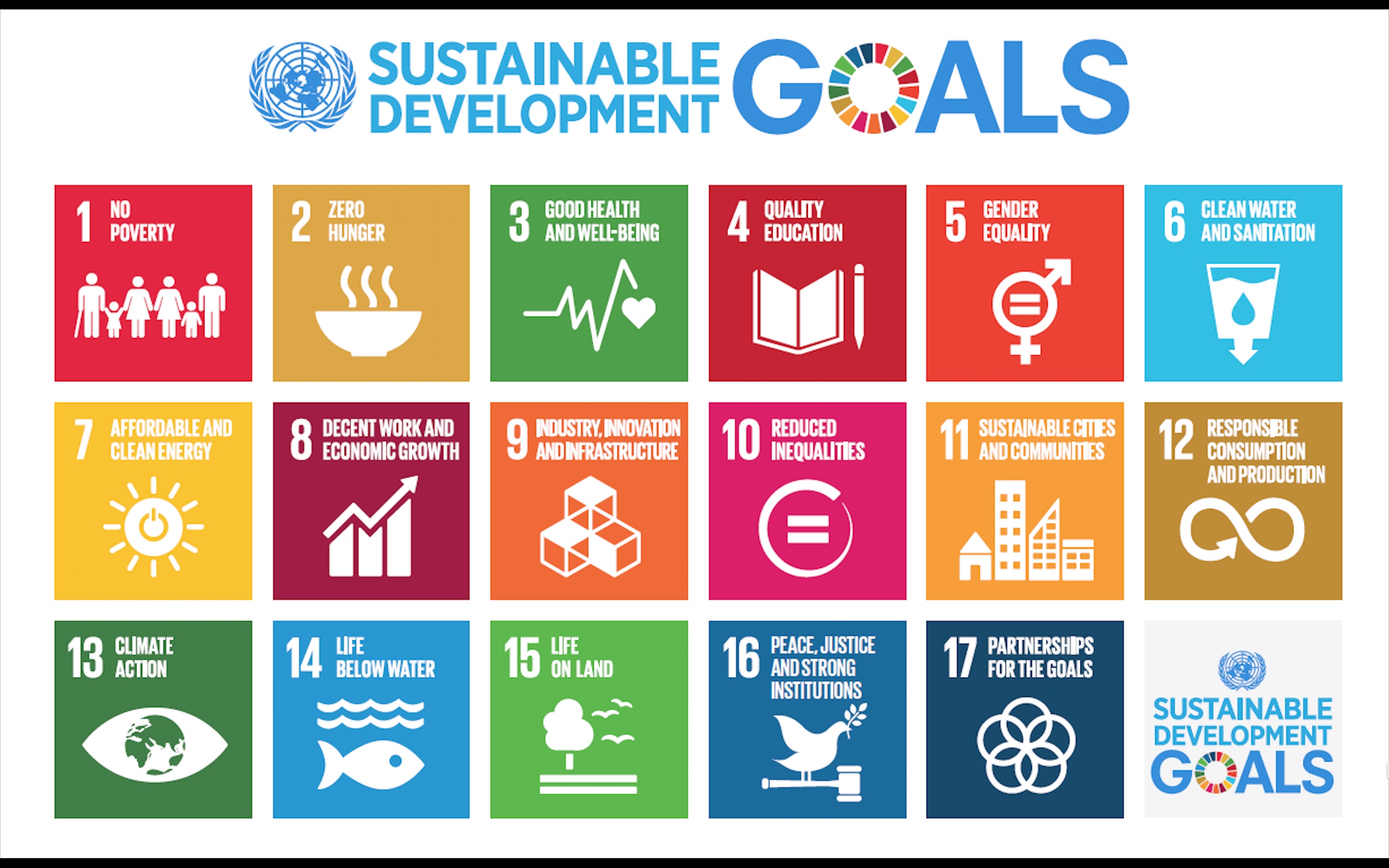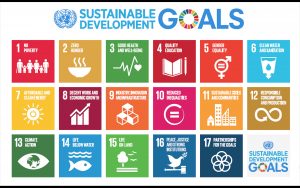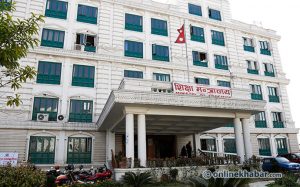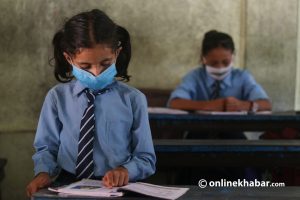
Nepal has initiated a system of developing periodic policies and plans to develop and modernise the predominately agricultural economy six decades ago. Despite the strenuous efforts, the pace of development has not been satisfactory. Years of political instability hindered the development of the country. As of 1883, Nepal used to export agricultural products to India and other third countries, but now, the country depends on them. Apparently, there are many challenges and opportunities for the government to uplift the economy.
The quest for a stable government got fulfilled through federal, provincial, and local level elections. While the government was struggling hard to take a direction towards economic growth, it has now severely been hit hard by the global Covid-19 crisis. Moreover, this pandemic situation is certain to hit the country’s journey towards the achievement of sustainable development goals (SDGs), the promises that the world together made to achieve by 2030 under the leadership of the United Nations.
The United Nations has set 17 sustainable development goals and 169 targets for the future of the world. Nepal has also reviewed its sector-specific plans and strategies so as to align them with the SDGs. However, now, it is a big challenge to bring these plans into action.
The current crisis will have a direct impact on the Nepali economy given that the economic system here is not shock-responsive. An economic assessment of historical information on floods and landslides between 1983 and 2010 revealed the direct economic cost of water-induced disasters was equivalent to approximately 1.5% of annual gross domestic product (GDP), averaging $270 million per year. This year, maintaining the resilience of economically vulnerable populations throughout the monsoon is more challenging due to the secondary impacts of the pandemic. The impact of the Covid-19 on economic activities will also affect other aspects of human life.
After the pandemic, one of the directly impacted sectors will be employment/livelihood. The latest ILO data on the labour market impact of the Covid-19 pandemic reveals that 1.6 billion workers in the informal economy – that is nearly half of the global workforce – stand in the immediate danger of having their livelihoods destroyed. The IMF has anticipated that the economy of Qatar, Saudi Arab, UAE, and Kuwait will be impacted negatively. The economy of Malaysia is also at risk. These are the countries where nearly two-thirds of Nepali migrant workers work in or aspire to work in.
On top of that, Nepal’s internal employment has been significantly impacted by the pandemic. Depending on the size and depth of impact on the international labour market, remittance goes down, which will increase poverty and obstruct the government from achieving the target of reducing the unemployment rate from 11.4% to 6% as set in the 15th development plan. As a result, the achievement of the SDGs, overall, will be hindered.
The country’s journey towards the SDGs was already filled with challenges galore. Though the National Planning Commission had prepared a road map for achieving the SDGs, the government lacked a clear plan to implement it, as well as the budget. In the present context, catalysing economic development at the provincial and local levels was a key opportunity for economic transformation, but the practice of centralised development had forced the country to rely totally on the central government. The government was also unable to maintain proper coordination with donors, international aid organisation (INGOs), and other developmental partners. According to the Social Welfare Council, more than 200 INGOs and 46,000 NGOs are working on social and economic development issues, but the government has failed to mobilise them in meeting its targets.
The development model of our country is more donor-oriented than need-based. The government prepares its budget plans relying on donor agencies such as the World Bank, International Monetary Fund, and Asian Development Bank. Consequently, the programmes are designed to meet their interests. When the projects prioritise other issues than the needs of the people, they are more likely to fail.
To cope with such challenges, the government should give priority to agriculture, tourism, energy, trade infrastructure sectors. In the meantime, sufficient attention has to be paid on the empowerment of all communities such as people with disabilities, women, and sexual minority groups, other marginalised communities. The private sector and non-government actors should be taken into confidence. Their participation is a must to achieve the SDGs.
The author is the central president of the National Federation of Youth NGOs Nepal.























